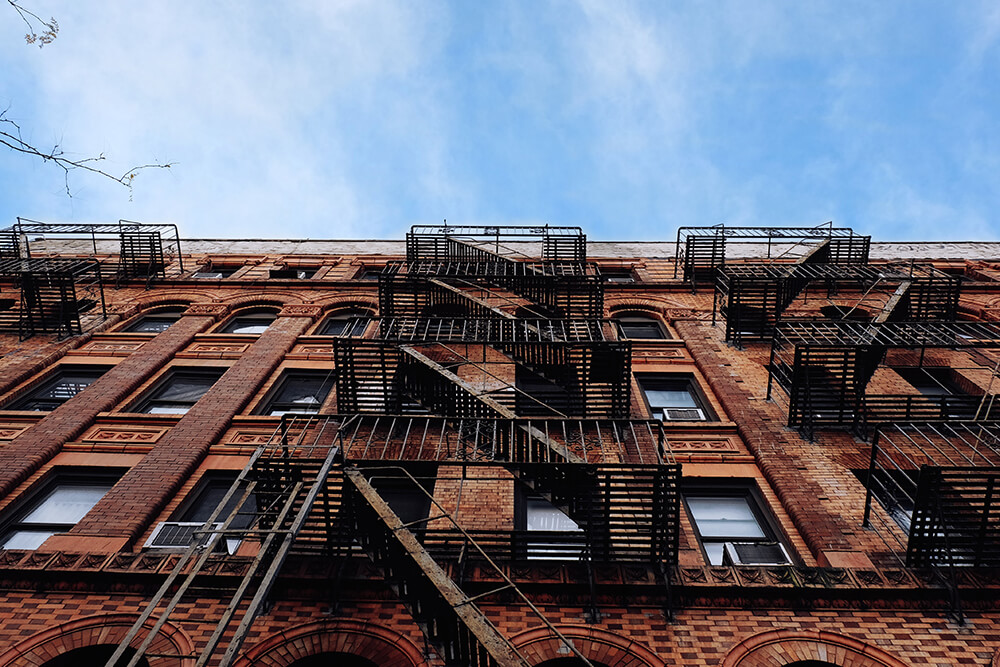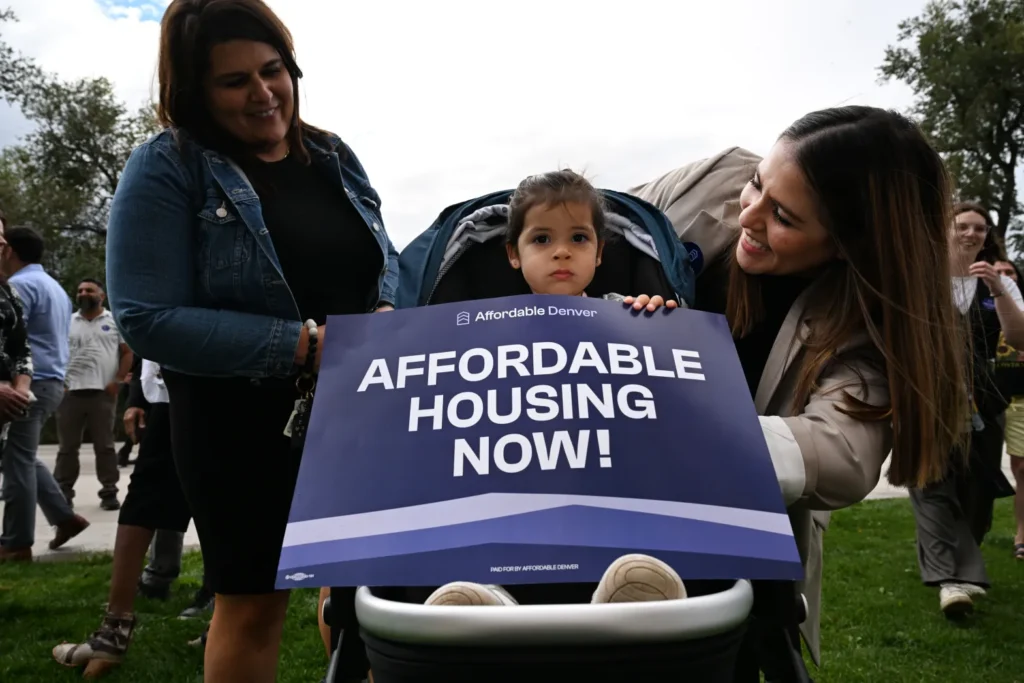
Jacob Anbinder examines misconceptions about real estate development and housing.
The pandemic has radically decreased demand for big-city living while also increasing the quantity of available apartments. Yet this basic fact, plain for all to see, flies in the face of much received wisdom about the factors that cause urban housing prices to go up or down.
Among some leftists and liberals alike, as well as the politicians who court them, the idea that developers of pricey apartments and condo buildings are to blame for high housing prices has long been an article of faith. In this telling, new luxury housing is the reason that former working- and middle-class neighborhoods in their cities have become fancy enclaves. (“You know exactly what a gentrification building looks like,” read a recent viral tweet.)
Fighting the construction of such housing would not only reverse the trend of unaffordability, but from the perspective of politicians and activists would also demonstrate support for working-class residents in the process. Since the spring, the pandemic has prompted a steady flow of stories about how urban life will change forever. But COVID-19’s most lasting impact on cities might be in helping put to rest this most persistent of myths about the relationship between housing supply, the cost of living, and that four-letter word of urban politics: gentrification.
Not only is it a simplistic analysis that absolves nearly anyone who isn’t a developer of responsibility for the problem, but in portraying new housing as the proximate cause of gentrification, it exacerbates the very housing crisis it seeks to solve.
Read more here.




